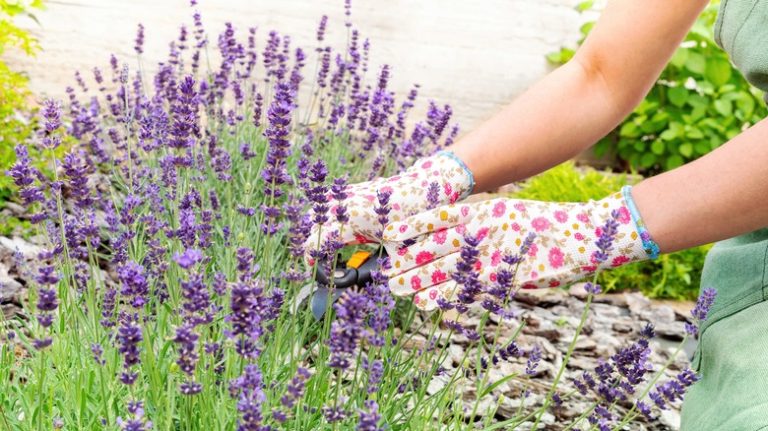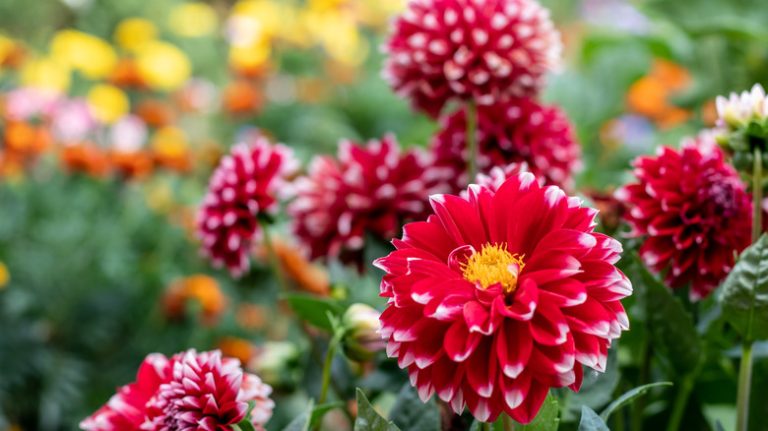If you are only interested in growing beautiful and exotic flowers, you must consider caring for calla lilies. These plants are not only easy to grow, but they also have a dormant period that allows them to absorb the most nutrients and energy from the soil. Callas, which belong to the Zantedeschia genus, are well-known for their elegant and trumpet-shaped flowers.
When it comes to growing calla lilies, finding the right growing conditions is essential. These plants thrive in well-draining soil and prefer to be in a location with full sunlight or partial shade. If you are growing callas as a houseplant, make sure to provide them with high humidity levels. During their active growing season, calla lilies require frequent watering, but be careful not to overwater them, as they are susceptible to rot.
If you want to propagate calla lilies, it’s as easy as taking a few steps. You can start by dividing the rhizomes of mature calla lily plants. Cut the rhizomes into sections, making sure each section has at least one bud. Then, plant the sections in well-draining soil and watch them grow. Alternatively, you can also propagate calla lilies by collecting and planting their seeds.
In order to keep your calla lilies in bloom, it is important to remember a few key instructions. During the winter, calla lilies enter a dormant period, which requires less water and a cooler temperature. Stop watering your calla lilies after the foliage dies back, and keep them in a cool location, like a basement or garage. This period of dormancy helps the calla lilies to conserve energy and prepare for their next flowering season.
In conclusion, calla lilies are beautiful and easy to grow plants that can add elegance and charm to any garden or home. By following the proper care and maintenance requirements, you can keep your calla lilies flourishing year after year. Just remember to provide them with well-draining soil, ample sunlight or shade, and the right amount of water. With a little bit of attention and care, your calla lilies will reward you with their stunning flowers and graceful presence.
How to Care for Calla Lilies
Caring for calla lilies is relatively easy and requires finding the right growing conditions. These exotic flowers, also known as zantedeschia, are native to warm habitats and are often grown as houseplants or in gardens. Here are some tips on how to care for calla lilies:
- Light: Calla lilies enjoy bright, indirect light. Place them in an area where they will receive plenty of sunlight, but avoid placing them in direct sunlight, as this can scorch their leaves.
- Watering: Calla lilies prefer to be kept moist. Water them regularly, keeping the soil evenly moist but not waterlogged. During the growing season, water them more frequently, and reduce watering during their dormant period.
- Temperature: Calla lilies thrive in temperatures between 60-75°F (15-24°C). They can tolerate slightly lower temperatures, but not below freezing. If grown outdoors, protect them from frost by moving them indoors or covering them with a protective layer.
- Soil: Calla lilies require well-draining soil. Use a mixture of peat moss and perlite or sand to ensure good drainage.
- Fertilizing: Feed calla lilies with a liquid fertilizer once a month during the growing season. Follow the instructions on the fertilizer package for the proper dilution and application.
- Pruning: Remove any dead or yellowing leaves and spent flowers to promote healthy growth. Cut the stalks down to the base after the blooming season.
- Propagation: Calla lilies can be propagated through division. Divide the rhizomes in early spring or late fall, ensuring that each division has at least one healthy shoot and root system.
- Potential pests: Keep an eye out for common pests such as aphids, spider mites, and snails. Treat them with appropriate pest control methods if necessary.
- Humidity: Calla lilies prefer higher humidity levels. If the air in your area is dry, you can increase humidity by placing a tray of water near the plants or using a humidifier.
By following these care tips, you can enjoy beautiful calla lilies that bloom year after year. Remember to check on their growing conditions regularly and adjust care accordingly to ensure their well-being.
Find out more about it
Calla lilies, also known by their scientific name of Zantedeschia, are a popular and exotic flowering plant that is easy to grow in many climates. They are native to South Africa and are often found in areas with high humidity levels. These beautiful flowers come in many different colors, including white, pink, yellow, and even black.
When planting calla lilies, it is important to choose a sunny location with well-draining soil. They can be planted in the ground or in containers, whichever is more suitable for your gardening needs. Calla lilies are usually planted in the spring, after the last frost, and they will begin to bloom in the summer season.
Watering is an important aspect of caring for calla lilies. They prefer to be kept moist but not overwatered, as too much water can cause the bulbs to rot. It is best to water them deeply and then allow the soil to dry out slightly before watering again. During the winter months, when the plant is dormant, it is important to reduce watering and only water when the soil feels dry to the touch.
Calla lilies can also benefit from regular fertilization. It is recommended to fertilize them every 2-3 weeks during the growing season with a balanced liquid fertilizer. This will help promote healthy growth and beautiful blooms. Additionally, calla lilies can benefit from being grown in a soil mixture that includes perlite or sand to improve drainage.
Pruning is another important aspect of calla lily care. After the blooms have faded, it is recommended to remove the spent flowers to encourage more blooms to form. Additionally, if the plant becomes too large or overcrowded, it can be divided and replanted to promote healthier growth.
Calla lilies are not immune to pests and diseases, so it is important to keep an eye out for common issues. Aphids, spider mites, and root rot can all affect calla lilies. It is important to regularly check the plant for signs of infestation or disease and take appropriate action if necessary.
In conclusion, calla lilies are a beautiful and exotic flower that can be grown in many different climates. They are easy to care for and can be enjoyed as both an outdoor garden plant or a houseplant. By providing them with the right amount of water, sunlight, and nutrients, you can enjoy their stunning blooms year after year.
CALLA LILY LIGHT REQUIREMENTS
Calla lilies are easy to grow and tolerate a range of light conditions. They can be grown either indoors or outdoors, depending on your preference. Callas require bright light but not direct sunlight. They can be kept in a sunny window or a position that receives partial shade throughout the day. Hybrids of calla lilies usually require more light than the traditional white calla lily varieties.
When keeping calla lilies as houseplants, it is important to note that they prefer a bright location with indirect light. Placing them near a full window may be suitable, as long as the direct sunlight is filtered out. The amount of light affects not only their flowers but also the growth and health of their foliage.
If you are growing calla lilies in outdoor gardens, they should be planted in a spot that receives at least six hours of direct sunlight each day. The temperatures should be warm, as callas thrive in climates with high humidity. However, they can also tolerate cooler temperatures during the winter months, but their foliage may die back.
When watering calla lilies, it is essential to maintain a well-draining soil. Overwatering can lead to root rot and other issues. The soil should be kept consistently moist, but not soggy. Check the soil every few days during the growing season to determine if more watering is needed. During the winter, calla lilies are dormant, and you should reduce watering frequency to allow the soil to dry out between waterings.
Fertilizing calla lilies is only necessary when they are actively growing. Start fertilizing them once every two weeks with a balanced liquid fertilizer. Whichever fertilizer you choose, make sure to follow the instructions on the package. Avoid fertilizing calla lilies during their dormant period in winter.
If you decide to repot your calla lilies, choose a pot that has drainage holes and use a well-draining potting mix. Callas prefer slightly acidic soil with a pH between 6.0 and 6.5. Repotting should be done in spring before the growing season begins.
Calla lilies can also be propagated by division or by planting their dormant bulbs. Propagation is often done in the spring or early summer. The bulbs should be planted 4 to 6 inches deep in the soil, with the pointed end facing up. Keep the soil consistently moist until new growth appears.
In conclusion, calla lilies require bright but indirect light, whether grown indoors or outdoors. They should be kept in well-draining soil and watered properly according to their growth stage. By following these light requirements and providing the ideal growing conditions, you can enjoy the elegant flowers and lush foliage of calla lilies in your home or garden.



